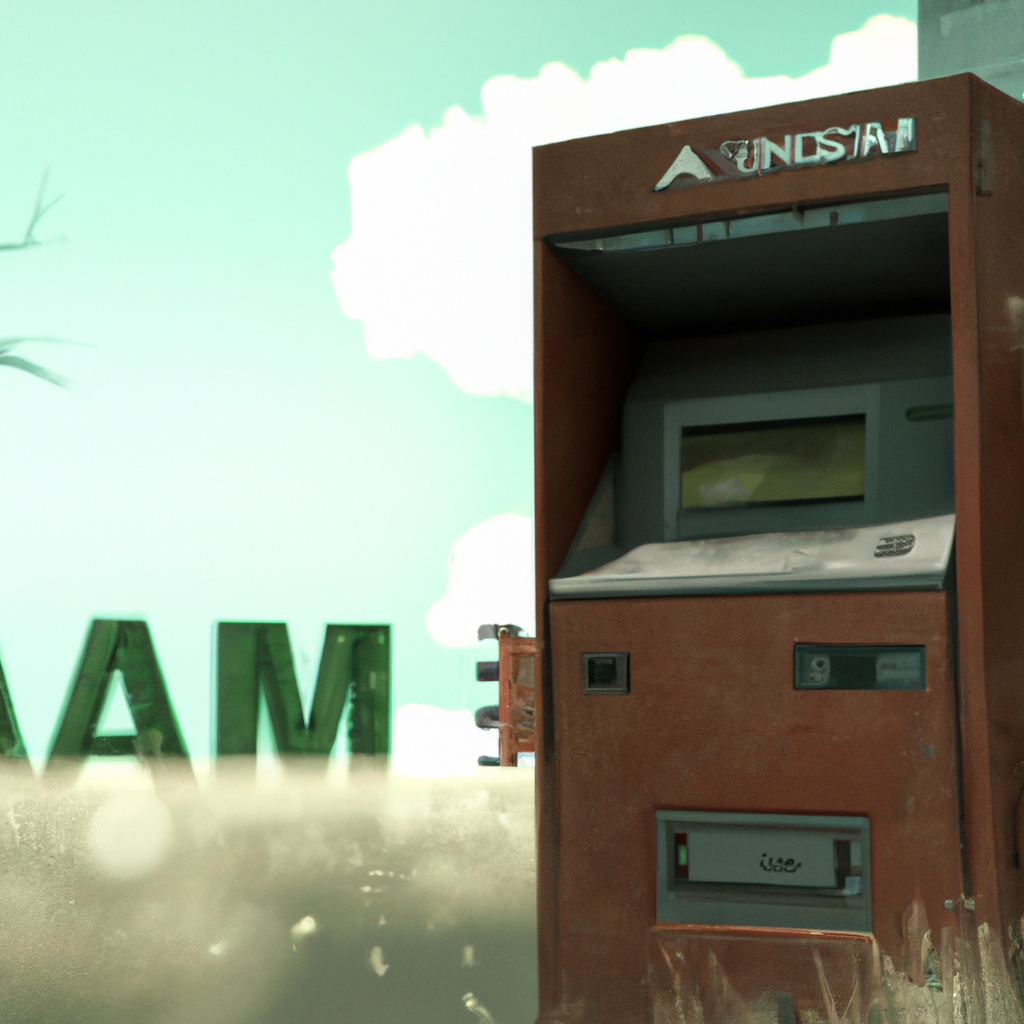Table of Contents
Introduction: The Evolution of Cash ATMs and Their Importance in Today's Society
Automated Teller Machines (ATMs) have been around for over five decades, revolutionizing the way people access their money. The first ATM was installed in London in 1967, and since then, they have become ubiquitous in cities and towns worldwide. ATMs have become an essential part of modern banking, providing customers with 24/7 access to their funds, and enabling them to perform a range of transactions, from withdrawing cash to depositing checks. The importance of ATMs in today's society cannot be overstated. According to a report by the ATM Industry Association, there are over 3.5 million ATMs worldwide, with the number expected to grow to 4 million by 2021. In the United States alone, there are over 400,000 ATMs, with the average American using an ATM at least eight times a month.
The Latest Innovations in Cash ATMs: From Biometric Authentication to Contactless Transactions
As technology continues to evolve, so do ATMs. The latest innovations in cash ATMs are focused on improving security, convenience, and speed. One of the most significant developments in ATM technology is biometric authentication. Biometric authentication uses unique physical characteristics, such as fingerprints or facial recognition, to verify a user's identity. This technology is already being used in some ATMs, and it is expected to become more widespread in the future. Another innovation in ATM technology is contactless transactions. Contactless transactions allow users to make payments using their mobile devices or contactless cards, without the need to insert a card into the ATM. This technology is already being used in some ATMs, and it is expected to become more widespread in the future.

Trends to Watch Out For in the Future of Cash ATMs: Increased Personalization and Integration with Mobile Devices
The future of cash ATMs is exciting, with several trends expected to shape the industry. One of the most significant trends is increased personalization. Personalization will allow ATMs to provide a more tailored experience for users, based on their preferences and past transactions. For example, an ATM could offer personalized recommendations for financial products based on a user's spending habits. Another trend to watch out for is integration with mobile devices. As more people use their mobile devices for banking, ATMs will need to integrate with these devices to provide a seamless experience. This could include features such as mobile check deposit, mobile payments, and the ability to withdraw cash using a mobile device.
The Future of Cash ATMs: How They Will Continue to Shape the Banking Industry and Serve Customers' Needs
The future of cash ATMs is bright, with the potential to revolutionize the banking industry. ATMs will continue to play a vital role in providing customers with access to their funds, but they will also become more personalized and integrated with mobile devices. This will enable banks to provide a more seamless and convenient experience for their customers. According to a report by ResearchAndMarkets.com, the global ATM market is expected to grow at a CAGR of 7.8% from 2020 to 2025. This growth is driven by factors such as increasing demand for self-service banking and the need for enhanced security features. In conclusion, the future of cash ATMs is exciting, with several innovations and trends expected to shape the industry. Biometric authentication and contactless transactions are just two of the latest innovations in ATM technology, while increased personalization and integration with mobile devices are two trends to watch out for. As the banking industry continues to evolve, ATMs will play a vital role in providing customers with access to their funds and shaping the future of banking.

